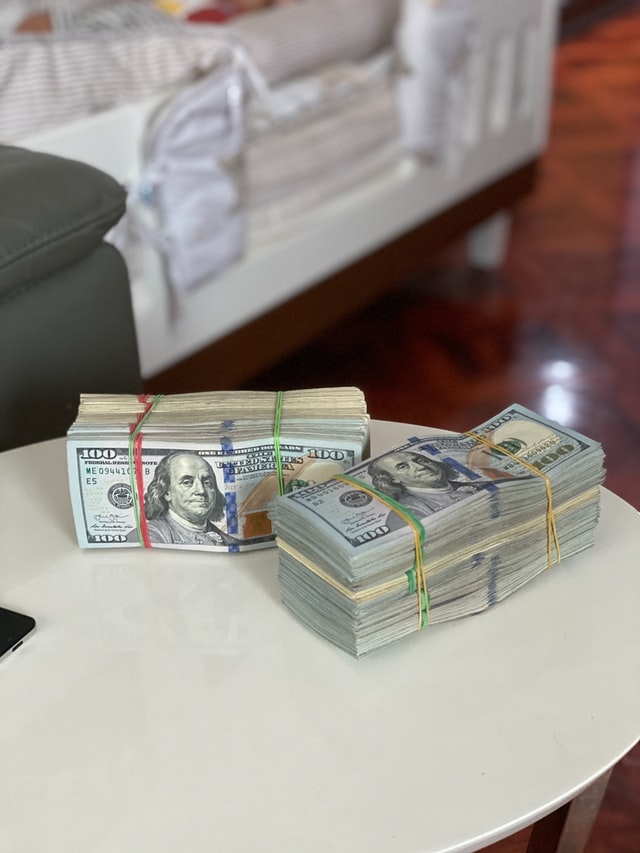\u3000\u30003 Anhui Fuhuang Steel Structure Co.Ltd(002743) 00274)
Performance summary: the company issued the annual report of 2021 and the report of the first quarter of 2022. In 21 years, the company's revenue was 24.137 billion yuan, a year-on-year increase of 25.15%; The net profit attributable to the parent company was 1.583 billion yuan, a year-on-year decrease of 19.01%; Deduct non net profit of 1.335 billion yuan, a year-on-year decrease of 27.72%; EPS1. 08 yuan. 22q1 achieved a revenue of 4.568 billion yuan, a year-on-year increase of 36.48%; The net profit attributable to the parent company was 411 million yuan, a year-on-year increase of 6.26%; Deduct 371 million yuan of non net profit, a year-on-year decrease of 1.96%; The comprehensive gross profit margin was 29.48%, returning to the same period last year.
The decrease in profit in 2021 was mainly affected by the impairment provision and the increase in sales and R & D expenses. In 21 years, the company implemented the new electricity price policy due to the delayed grid connection of some overseas power stations, resulting in impairment provision, and the annual asset and credit impairment loss was 480 million yuan. During the reporting period, the company increased its investment in channel construction and R & D, resulting in an increase in expenses during the period: the sales expenses reached 1.593 billion yuan, a year-on-year increase of 62.58%, the sales expense rate increased by about 1.5pp to 6.56%, and the sales expense rate of 21q4-22q1 further increased to 8.2%; R & D expenses increased by 355 million yuan to 1.161 billion yuan, a year-on-year increase of 44.03, and the R & D expense rate was 4.81%; During the whole year, the cost rate increased by 1.94pp to 14.58%. 22q1 R & D expense rate continued to grow to 6.56%, reflecting the company's high attention to technology R & D. From the perspective of the company's competitiveness in the short-term and distributed energy storage areas, we believe that the company's short-term delivery rate will be guaranteed.
Inverter channel shipments grew rapidly and profits remained stable as a whole. In 2021, the company shipped 47gw inverters (18gw in China + 29gw overseas), accounting for about 30% of the global market. With the company's efforts to increase the layout of the channel market, the shipments in the distributed market increased rapidly. In the whole year, the global channel shipments exceeded 500000 units, and the Chinese household shipments were about 400000 units. The profitability of the distributed market is relatively strong. Therefore, although the raw material cost increased due to the tight supply of IGBT in 2021, the overall profit of the inverter is still relatively objective, with an annual gross profit margin of 33.80%, a year-on-year decrease of 1.23pp. The high growth trend of 22q1 household market continues. With the gradual introduction of domestic IGBT during the year, the pressure on raw material cost may be relieved, and the profit of inverter is expected to be repaired.
The energy storage business grew rapidly, and the profit of 22 years gradually recovered. In 21 years, the company shipped 3gwh of energy storage system, with a year-on-year increase of + 275%; The revenue was 2.138 billion yuan, a year-on-year increase of + 169%. The gross profit margin of 21h2 decreased to 11.2%, which was mainly affected by the delay of delivery of some projects. The gross profit margin of 22q1 energy storage business has recovered to about 20%, ushering in an inflection point.
Profit forecast and investment suggestions: it is expected that the compound growth rate of net profit attributable to the parent company in the next three years will be 56.4%, maintaining the "buy" rating.
Risk warning: the risk that the global PV installation is less than expected; The risk that the development of customers is less than expected; The risk of rising raw material costs and declining profitability of the company; Risks of policy changes.
